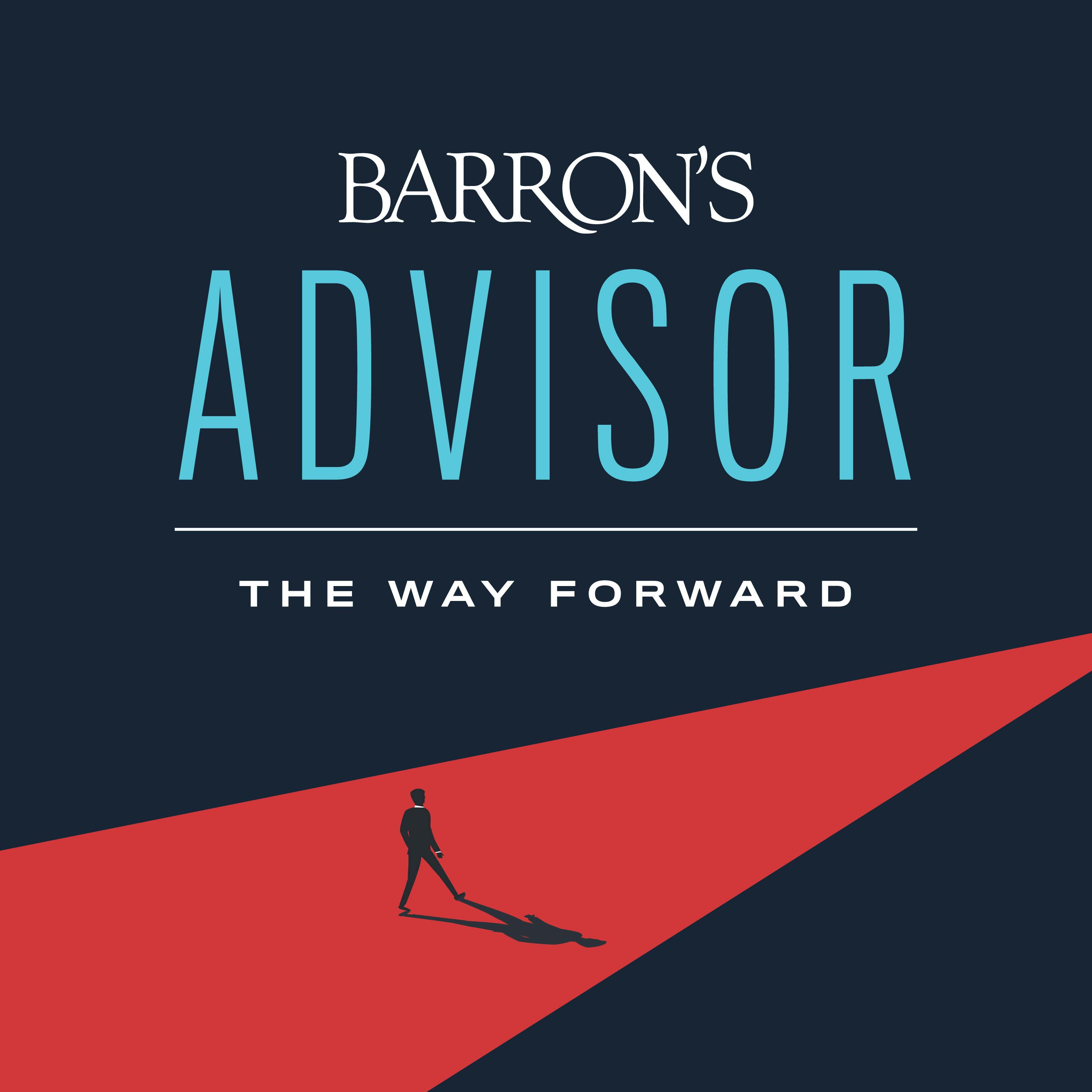
Pete Goss: Leadership Lessons From the World’s Toughest Sailing Race

Barron's Advisor
Deep Dive
What is the Vendee Globe and why is it considered one of the most challenging human adventures?
The Vendee Globe is a non-stop, single-handed round-the-world yacht race with no outside assistance allowed. It takes sailors through all of the world's weather systems, including the treacherous Southern Ocean near Antarctica. The race lasts about four and a half months, and historically, only 50% of participants finish, with at least one or two lives lost. It is considered one of the most difficult human adventures due to its extreme physical and mental demands, isolation, and the unpredictable nature of the ocean.
Why did Pete Goss decide to participate in the Vendee Globe, and what sacrifices did he make to get to the starting line?
Pete Goss was drawn to the Vendee Globe by its challenge and the opportunity for innovation and adventure. He spent 10 years preparing, acquiring the necessary skills, team, funding, and boat. To finance the project, he and his wife, Tracy, sold their family home, despite having three young children. This decision was driven by their belief in the future of ocean sailing and a new sponsorship model they had developed. Goss emphasized that the commitment to such a goal requires absolute dedication and personal sacrifice.
What leadership lessons did Pete Goss learn from his Vendee Globe experience?
Pete Goss learned that leadership in extreme conditions requires clear values, trust, and a commitment to the team. He emphasized that leaders must articulate and uphold core values, as they serve as a touchstone during tough times. Goss also highlighted the importance of preparation, risk management, and the ability to adapt to unforeseen challenges. He believes that a leader's commitment inspires the team, and that trust is built through transparency and shared responsibility.
What happened during Pete Goss's rescue of Raphael Dinelli in the Vendee Globe, and what did it teach him about values and decision-making?
During the Vendee Globe, Pete Goss received a Mayday signal from fellow competitor Raphael Dinelli, who was 160 miles away in hurricane-force conditions. Despite the extreme danger, Goss turned his boat around to rescue Dinelli, adhering to the maritime tradition of helping those in distress. The rescue took two days, and Dinelli was in critical condition with hypothermia. Goss later reflected that the decision to rescue Dinelli was rooted in his moral principles, underscoring the importance of values in leadership and life.
How does Pete Goss define risk, and how does he manage it in his adventures?
Pete Goss does not consider himself a risk-taker but rather someone who embraces and manages risk. He emphasizes meticulous preparation, research, and testing to minimize potential dangers. For example, before attempting a challenge, he conducts trial runs and develops safety measures to ensure success. Goss believes in articulating and ring-fencing risks, ensuring that his team operates within a defined safety net. He contrasts this approach with thrill-seekers who take unnecessary risks without preparation.
What role does visualization play in Pete Goss's preparation for challenges?
Visualization is a critical part of Pete Goss's preparation for challenges. He mentally rehearses every aspect of a race or adventure, including potential problems and solutions. This process helps him and his team anticipate and prepare for difficulties, ensuring they remain in control during crises. Goss believes that visualizing both success and potential failures creates a realistic and positive mindset, enabling better decision-making and adaptability in high-pressure situations.
What advice does Pete Goss offer for living a life with no regrets?
Pete Goss advises stepping outside one's comfort zone, embracing failure as a part of growth, and focusing on family and meaningful experiences. He believes that fear of failure holds many people back from living fulfilled lives. Goss encourages persistence in pursuing passions, spending money on memories rather than material possessions, and giving back to others. He emphasizes that the more one invests in life, the more one gains in return.
- Solo, non-stop, unassisted round-the-world yacht race
- High attrition rate (50% finish)
- Showcases innovation and technology
Shownotes Transcript
How meticulous planning, trust in his team, and a commitment to shared values enabled a legendary sailor to overcome unimaginable challenges. Host: Steve Sanduski.